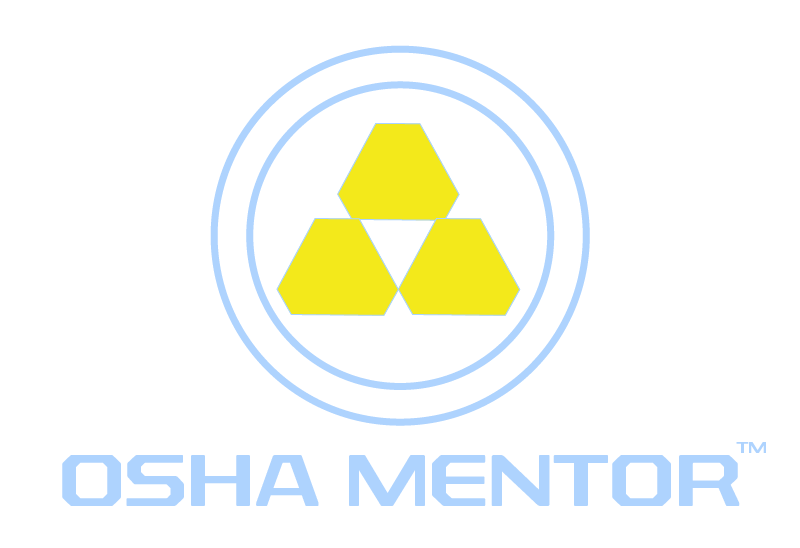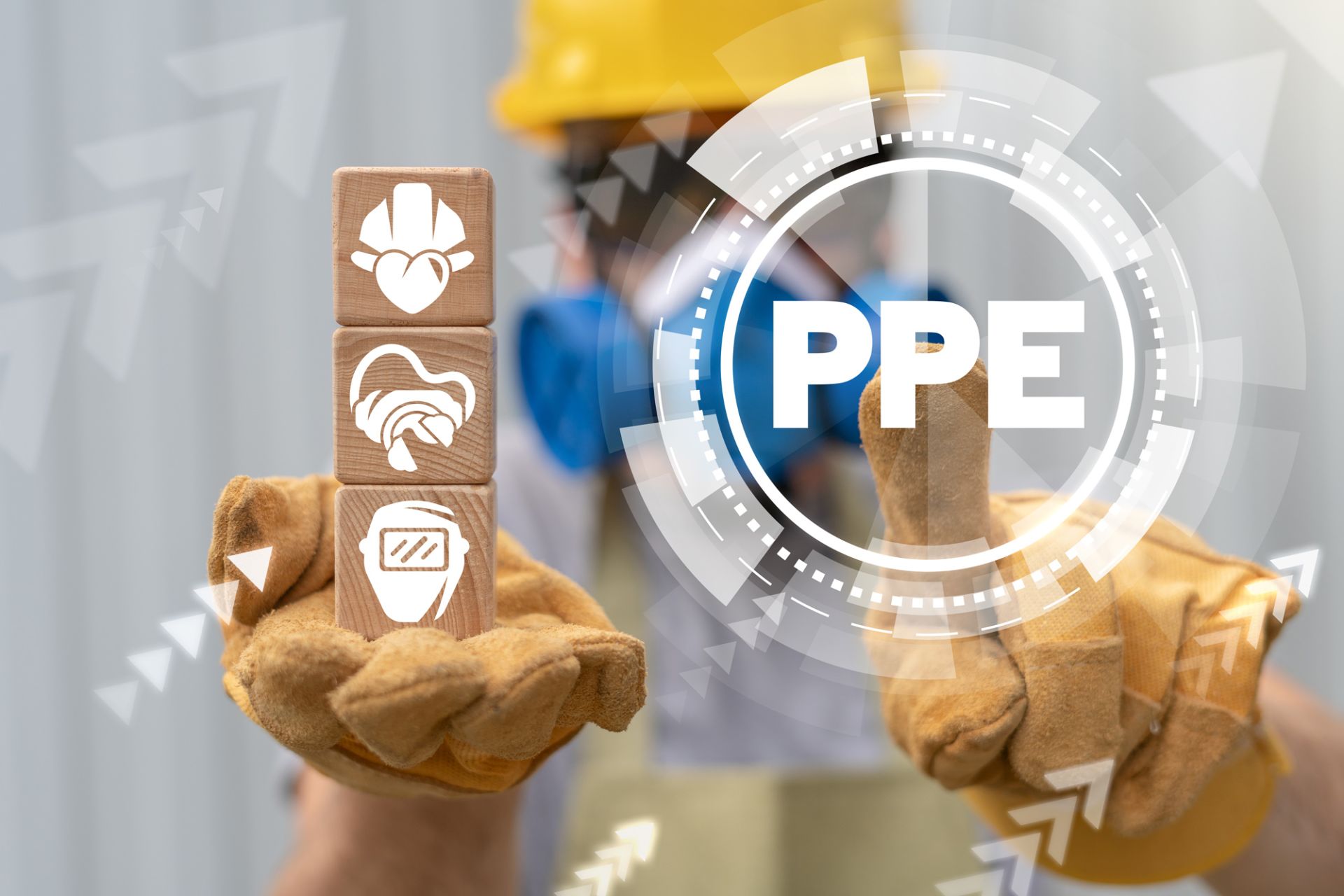
Personal Protective Equipment (PPE) Meaning

Personal Protective Equipment, often abbreviated as "PPE," comprises gear and attire designed to mitigate exposure to workplace hazards that could lead to severe injuries and illnesses. These hazards encompass chemical, radiological, physical, electrical, mechanical, and other workplace threats. PPE encompasses a wide array of items, including gloves, safety glasses, safety shoes, earplugs or earmuffs, hard hats, respirators, as well as coveralls, vests, and full-body suits.
PPE Use
Ensuring the effective use of necessitates several crucial steps. First and foremost, all PPE should be well designed and constructed to meet safety standards. Furthermore, it should be maintained in a clean and dependable condition. Comfort is paramount, as PPE should encourage workers to wear it consistently. Ill-fitting equipment can mean the difference between safety and exposure to risks.
Employer Responsibilities
When the hierarchy of controls do not mitigate hazards, (engineering controls, work practices, and administrative measures) or impractical to provide adequate protection, employers are obligated to supply their employees with PPE. Additionally, employers must ensure that PPE is used correctly. To achieve this, they must provide comprehensive training to employees, covering the following aspects:
1. Determining when PPE is necessary.
The implementation of a PPE program is required by the Occupational Safety and Health Administration (OSHA) when PPE is a necessary safeguard. This program should address the specific hazards present in the workplace, outline the selection and maintenance of PPE, provide comprehensive employee training, and establish a system for monitoring and evaluating the program's ongoing effectiveness.
1. Determining when PPE is necessary.
2. Identifying the appropriate type of PPE required.
3. Proper procedures for donning, adjusting, wearing, and doffing PPE.
4. Understanding the limitations of the equipment.
5. Guidelines for maintaining, caring for, and disposing of PPE.
The implementation of a PPE program is required by the Occupational Safety and Health Administration (OSHA) when PPE is a necessary safeguard. This program should address the specific hazards present in the workplace, outline the selection and maintenance of PPE, provide comprehensive employee training, and establish a system for monitoring and evaluating the program's ongoing effectiveness.
Related Articles
Write your awesome label here.


